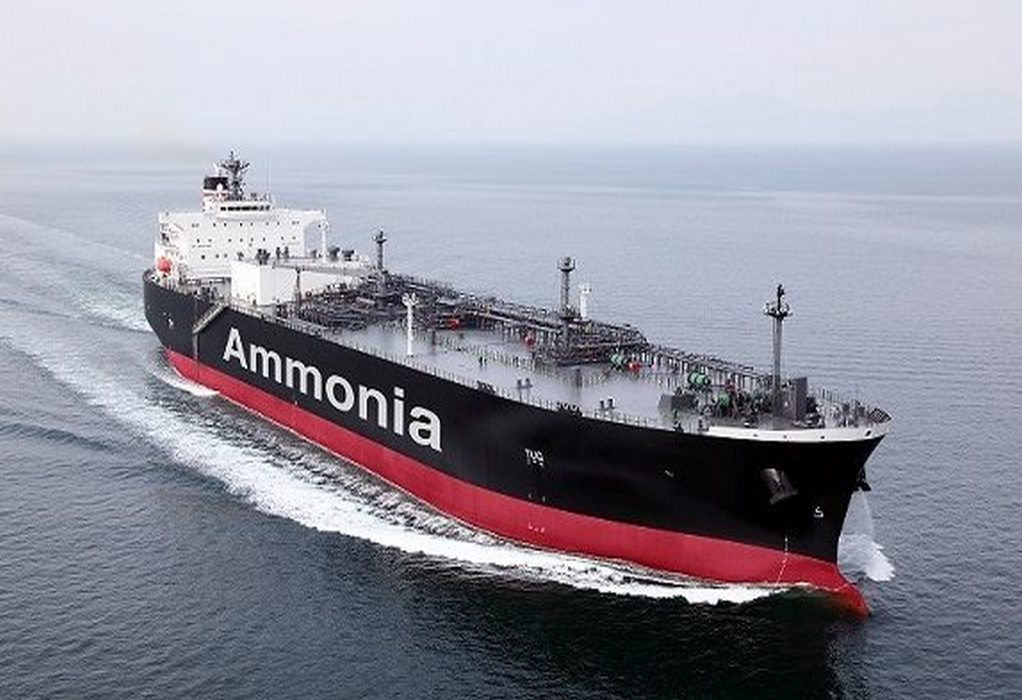In a pioneering safety development, ABS is using advanced modeling and simulation technologies to develop emergency response methods to assist ports and crew in responding to ammonia leaks or spills.
It is the first step towards a comprehensive and fast ammonia release response system, capable of predicting the behavior of an ammonia plume and directing emergency mitigation services accordingly.
Thanks to its potential for zero-carbon emissions, ammonia is widely viewed as a promising fuel solution for a more sustainable industry but its high toxicity presents significant operational challenges on board and ashore.
An industry leader in modeling and simulation, ABS combined those techniques with Computational Fluid Dynamics (CFD) to create a high-fidelity model designed to replicate ammonia dispersion patterns in the engine room. Using this new model, ABS specialists studied the impact of various ventilation approaches on the behavior of ammonia plumes resulting from leakages from the fuel lines, revealing optimum methods to vent the ammonia plume.
Leveraging this industry-leading approach, a dynamic model will be able to swiftly predict the response of an ammonia plume to a range of parameters such as wind speed and direction, humidity, cubic meters per second and relationship of the vessel to port. In addition to dispersion analysis, agent-based discrete event simulations to study the response of crew, port authorities, and emergency services after dispersion will be conducted.
Tags: ABS, Emergency respose, Ports, Simulation, Technology



Recent Posts
Polish Delegation and JKSH Group Explore Green Energy Project in Andhra Pradesh
bigbasket Expands EV Delivery Fleet to 50 Cities with Support from Kazam
Axpo Completes Spain’s First Ship-to-Ship Bio-LNG Bunkering for Container Vessel at Algeciras
BLG LOGISTICS and Liebherr Strengthen Sustainable Port Operations with Shore Power-Ready Crane in Bremerhaven
Beijing Maersk Enters Service as Latest Methanol-Powered Containership
Yinson GreenTech and C-Torq Deliver Marine Battery System for Hybrid Vessel in the Middle East
Singapore Tugboat Receives Biofuel-Ready Notation Following Retrofit
NYK Names Sixth Dual-Fuel LPG Carrier “Luna Pathfinder”